I like a nice cup of tea. As long as I make it myself, because any tea I buy in a cafe is always too fleodach, as we say in the Gaelic.
It’s a difficult word to translate, being a mixture of watery and soapy and frothy and half-cold, which is – obviously – not the kind of strùpag anyone wants to drink.
It may have to do with tea bags. I’m not sure. But I don’t trust them.
How can any decent thing be that crushed? Pulverised by some vast machine and then stuffed into these flimsy little packets which make such a mess once you lift them, soaking, out of the cup.
And you can’t even fathom the future from them, unlike the good old days when the special shape of the tea leaves at the bottom of the cup promised you love and riches, according to Granny MacBrochan.
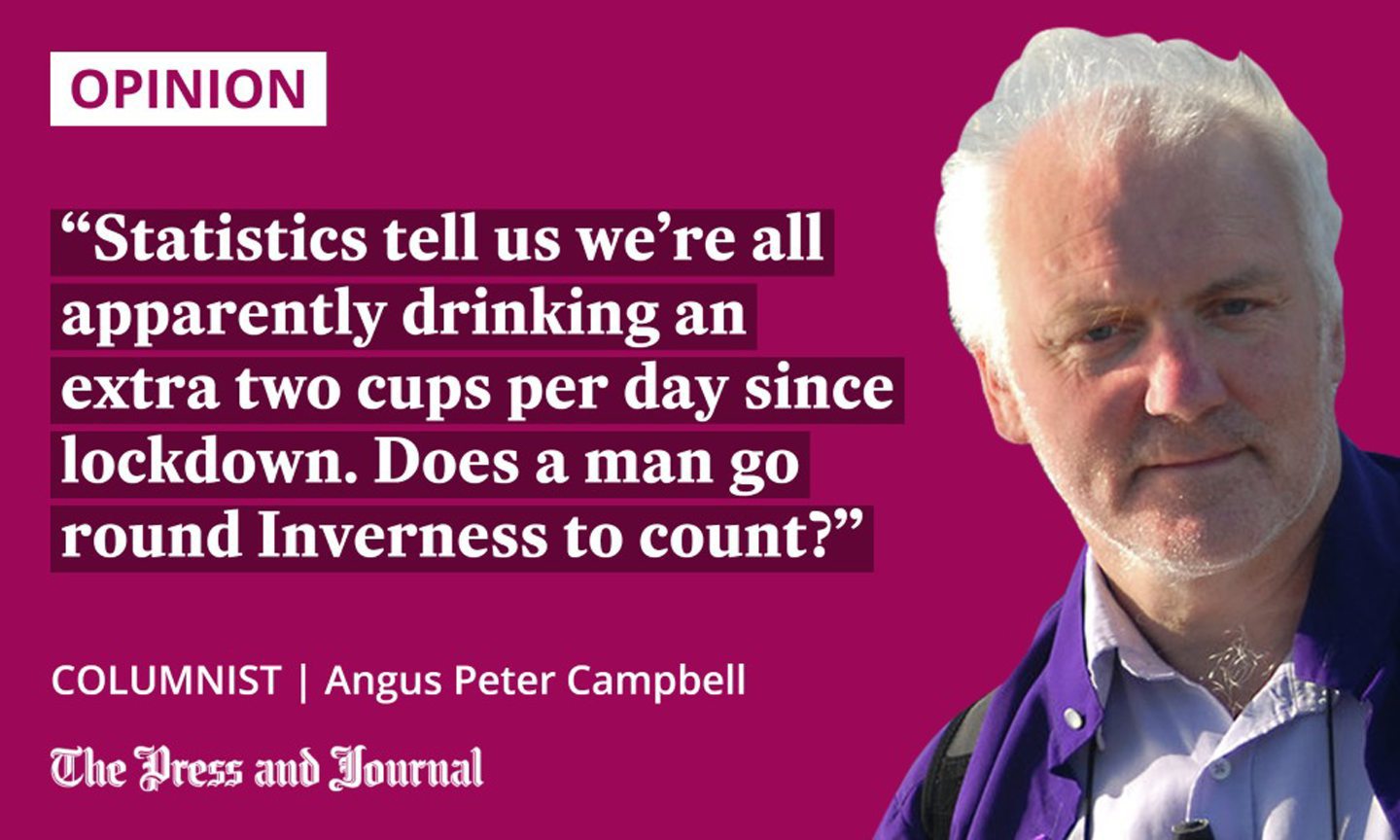
In my time, I’ve worked as a builder’s labourer, a forestry worker and a lobster fisherman, so I know the value of an unbreakable tin mug and a good strong brew made in a kettle. The kind of treacly tea that protects you from the wintry winds of an Argyllshire hill and the roaring billows of the Minch.
And I remember those teas of my childhood, when the kettle was boiled, the pot warmed and filled with a good handful or five of tea leaves, and then left to brew on the stove for 10 minutes or so. You could stir it with a spade.
Tea is a serious business
Proper tea is loose-leafed, made in a proper pot and poured into a proper cup in a proper saucer and sipped properly. Milk first. Just a tiny drop.
I don’t insist on you having your pinkie extended as you drink it, but please don’t slurp. Although, I’m OK if you’d like to go completely retro and pour the tea into the saucer and drink it from there. Oh, and as a bonus, I have a special moustache cup for those who want to protect their Errol Flynn while having a cuppa.
But tea is a serious business. The global tea market was valued at £200 billion last year, and is expected to rise to over £300 billion by 2025.
China, India and Kenya are the leading producers and, apparently, the Turks the biggest consumers, though, here in the UK, we drink 100,000,000 cups of the stuff every single day. And, statistics tell us, we’re all apparently drinking an extra two cups per day since lockdown. Does a man go round Inverness to count?
Adoring the beauty among the everyday
All this has been prompted not because I’m now drinking more tea, but because I’ve been researching the Japanese tea ceremony, reading two fabulous books on the art and craft of tea – The Classic of Tea: Origins and Rituals by Lu Yu, first published in the 8th century (in Chinese), and a beautiful book by the Japanese artist and scholar, Okakura Kakuzō, titled The Book of Tea, written and published in 1906.
What a lovely way to describe the making of a cup of tea: the adoration of the beautiful among the sordid facts of everyday existence
Both books remind us to slow down. That tea-making and tea-drinking is more about respect and delicacy and tradition and elegance and time and art than it is about merely quenching your thirst or dosing caffeine down your thrapple.
As Okakura simply puts it in his opening sentences: “Tea began as a medicine and grew into a beverage. In China, in the 8th century, it entered the realm of poetry as one of the polite amusements. The 15th century saw Japan enoble it into a religion of aestheticism – Teaism. Teaism is a cult founded on the adoration of the beautiful among the sordid facts of everyday existence.”
What a lovely way to describe the making of a cup of tea: the adoration of the beautiful among the sordid facts of everyday existence.
Tea and music are two of life’s necessities
In the traditional tea ceremony, everything matters: the choice of tea, the glazed pot, the ceramic cup, the incense stick (to measure time), the tablecloth, the flower on the table, the way you stand, sit, lift and drink. It’s a reminder that things are brittle, fragile, temporary, delicate, precious and ever-lasting in the fragrance of memory.
In the Irish ballad, Saltair na Rann, the hard lot of Adam and Eve for a whole year after their explusion from paradise is to be “without proper food, fire, house, music or raiment”. In other words, (Gàidhlig) music was placed among the necessities of life, so that it was a terrible punishment to be without it.
So, in China, with tea. Lu Yu tells us: “The waste of fine tea through incompetent manipulation was considered one of the three most descipable acts in the world – the other two being false education of youth and uniformed admiration of high paintings.”
I’m with you, Mr Lu, on all three.
Angus Peter Campbell is an award-winning writer and actor from Uist
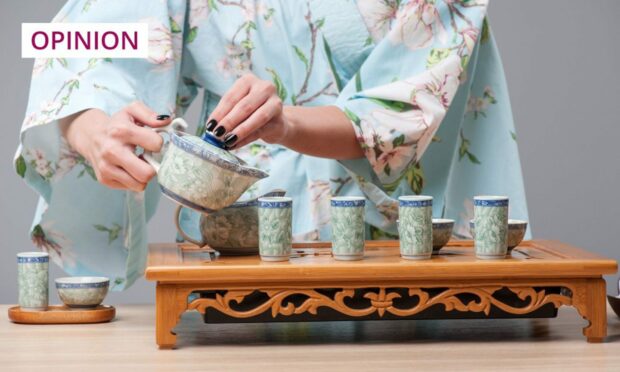
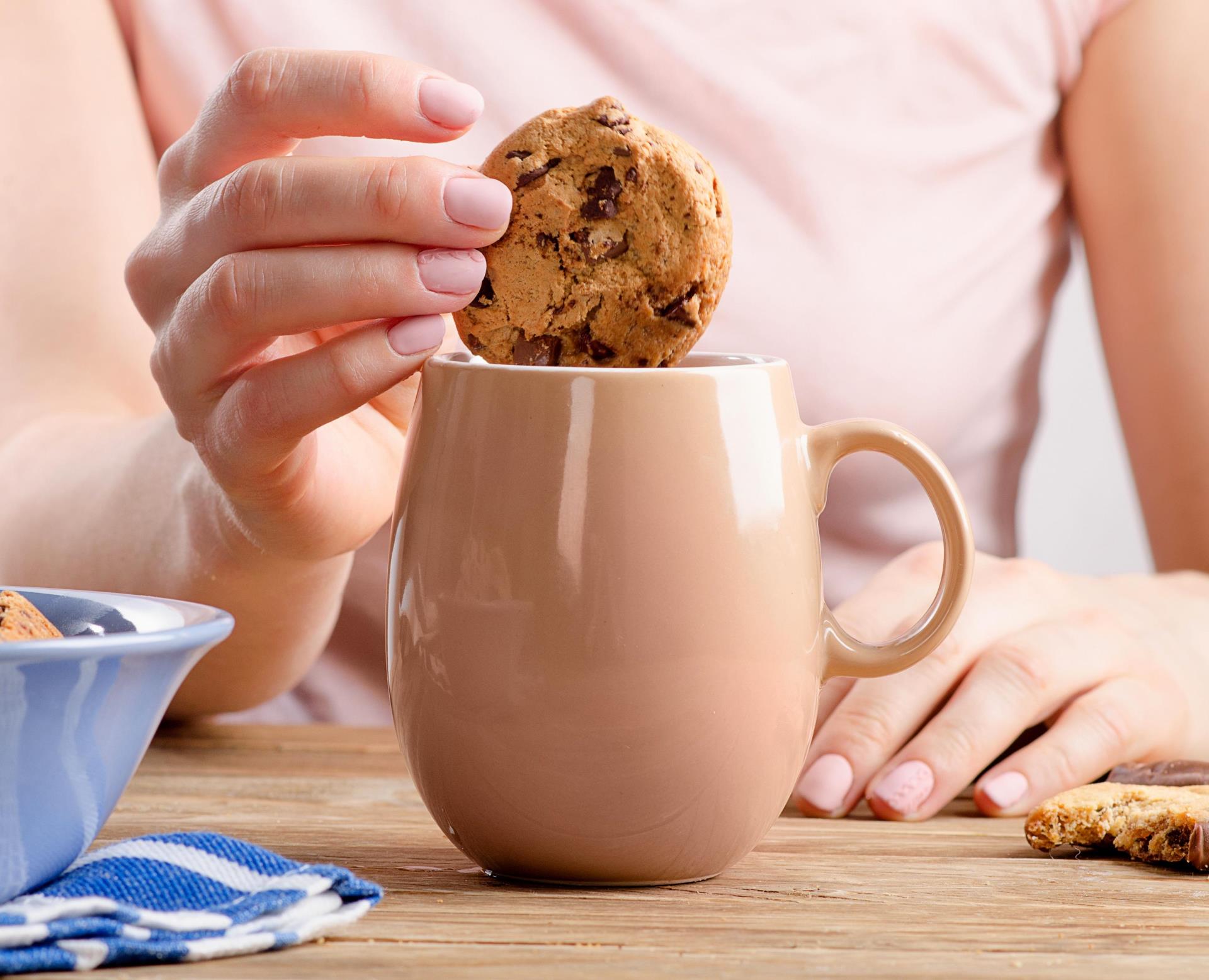


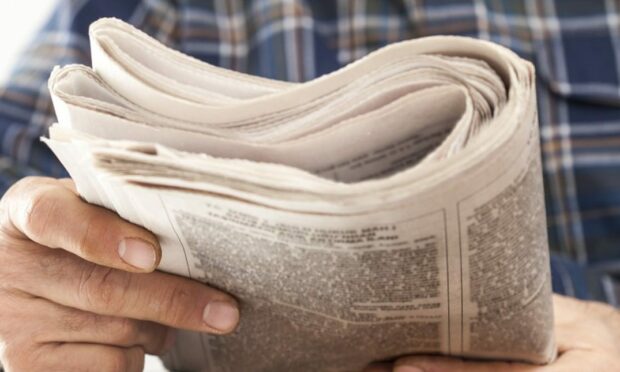


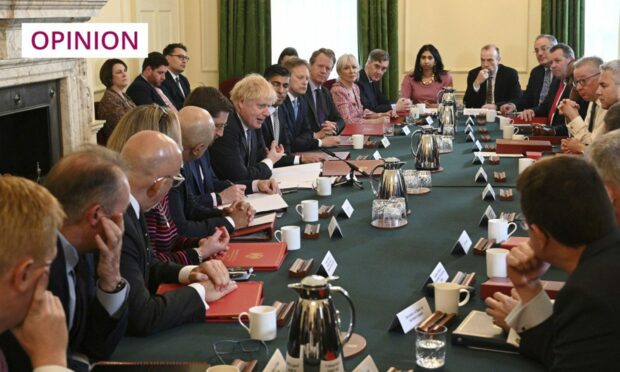
Conversation